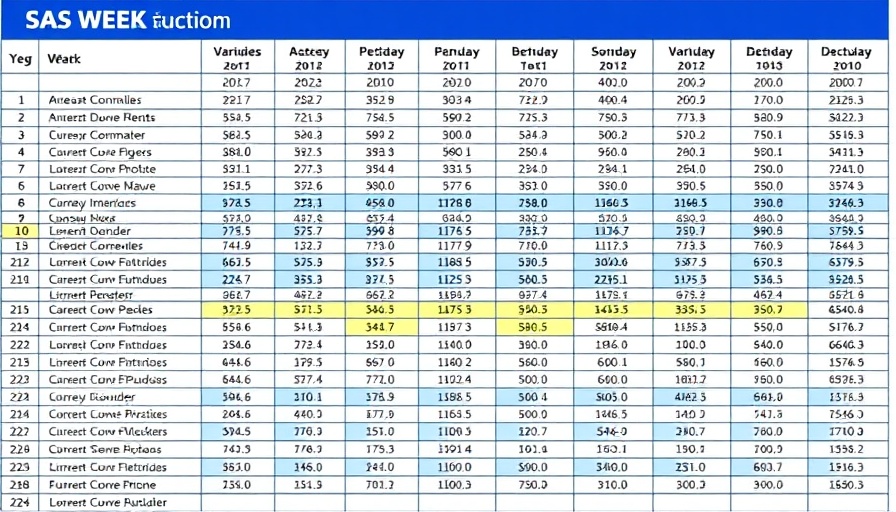
The Battle Against Financial Crime: The Role of AI
Financial crime is a growing concern across the globe, and Colombia exemplifies the stark reality of this issue. In 2023 alone, the Colombian financial system saw a staggering 28,000 million attempts at digital attacks, according to the Superintendencia Financiera. The threat landscape includes everything from money laundering to terrorism financing, fraud, and corruption. As traditional methods of fraud detection struggle to keep pace with the evolving tactics of criminals, AI emerges as a vital ally.
The Limitations of Traditional Approaches
Historically, the detection of suspicious activities relied heavily on predefined rules and manual analysis. While these approaches are essential, they are often inadequate against the sophisticated methods employed by today’s financial criminals. AI can address these limitations by providing advanced data processing capabilities that enable real-time analysis and decision-making.
Unleashing the Power of AI in Crime Detection
How does AI play an integral role in combating financial crime? Its capabilities are multiple:
- Detecting Anomalous Behavior: AI algorithms are designed to learn and adapt over time. They can identify subtle patterns and anomalies in transactions and user behavior that would typically elude the human eye or simple rule-based systems. Whether it's spotting unusual transactions or sudden fluctuations in activity, AI has the potential to flag these irregularities effectively.
- Predictive Analysis for Prevention: Rather than solely reacting to crimes after they occur, AI can forecast potential threats. By analyzing historical data and current trends, AI models can predict new fraud schemes or money laundering tactics, empowering organizations to intervene proactively and avert potential losses.
- Reducing False Positives: A notorious challenge in financial crime detection is the occurrence of 'false positives'—alerts that identify legitimate transactions as suspicious. This not only strains resources but also diverts attention from genuine high-risk alerts. With machine learning, AI systems can improve their accuracy over time, significantly reducing instances of false alarms and allowing analysts to focus their efforts where they are truly needed.
- Integrating Multi-Source Data: Financial crimes often leave traces across different data sources, including banking transactions, social networks, public records, and news. AI is adept at synthesizing and analyzing these disparate information streams, creating a comprehensive view of criminal activity and enhancing investigation efforts.
Looking Ahead: The Intelligent Future of Financial Security
At SAS, we recognize that successfully implementing AI in the fight against financial crime requires more than just advanced technology; it necessitates an in-depth understanding of the underlying mechanisms of both AI and the financial landscape. As technology advances, the means of combating financial crime must evolve accordingly. Embracing AI is not merely an option; it is imperative for organizations aiming to protect themselves and their customers.
Why Understanding AI’s Impact is Vital
For adults interested in technological advancement, grasping how AI enhances the security landscape can aid in making informed decisions. Whether you're an investor, a business leader, or someone keen on technology trends, understanding AI's role in financial crime prevention will enable you to appreciate its broader implications for society. AI not only promises to streamline processes in financial institutions but also paves the way for a future where financial crime can be kept at bay more effectively.
Get Involved: The Call to Action
Given the rapid pace of technological change, staying informed about developments in AI and its applicability in various sectors is crucial. As financial organizations and individuals alike grapple with the risks associated with digital transactions, an understanding of AI learning and its paths will open doors to new opportunities and better defenses against financial malpractice.
 Add Row
Add Row  Add
Add 




Write A Comment